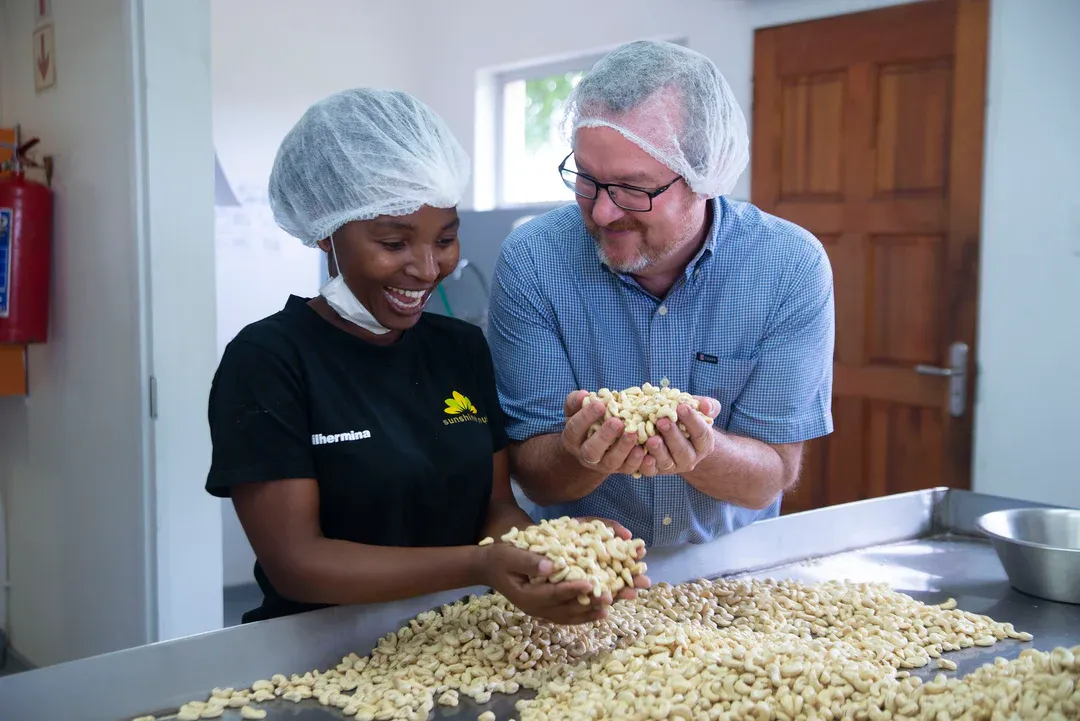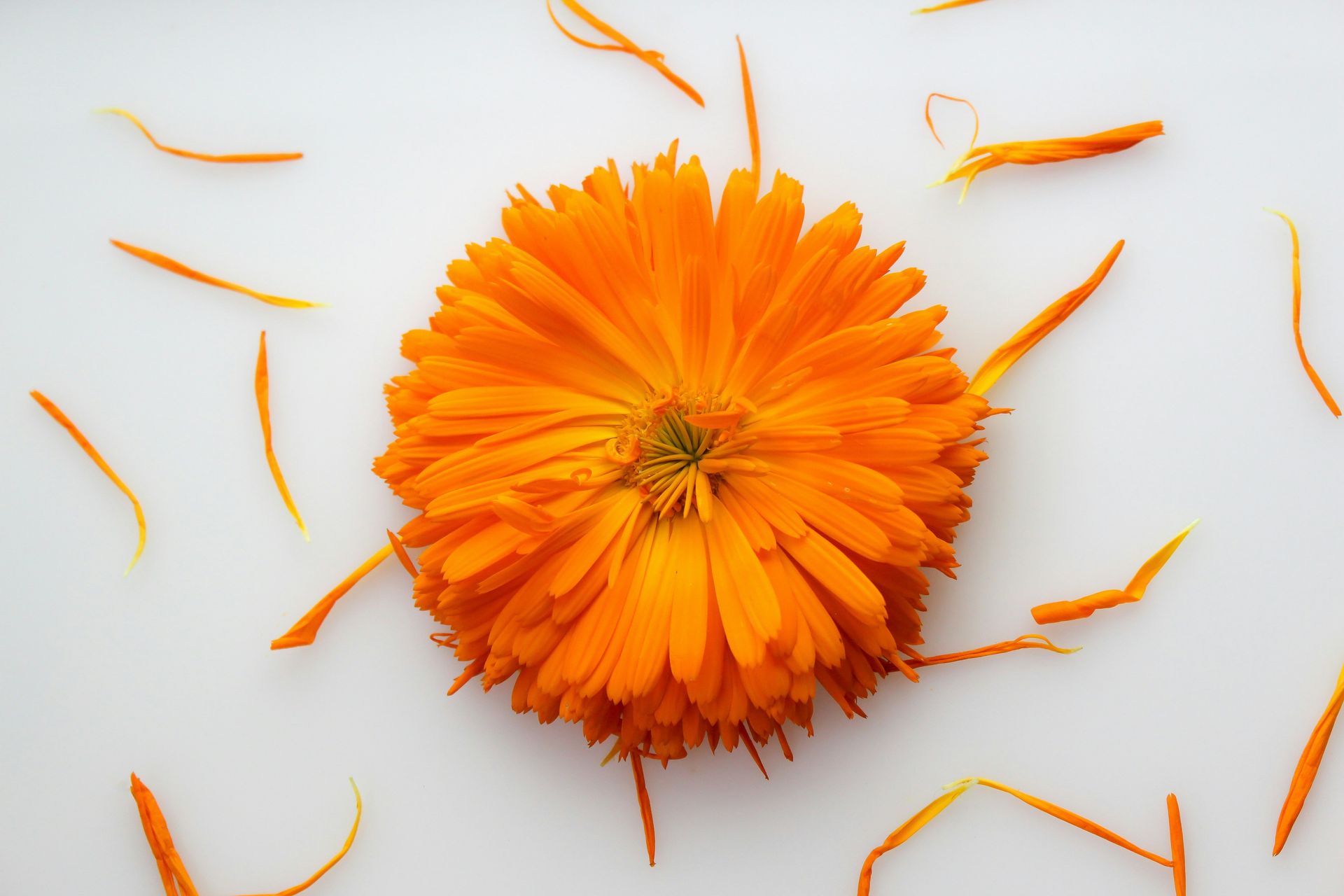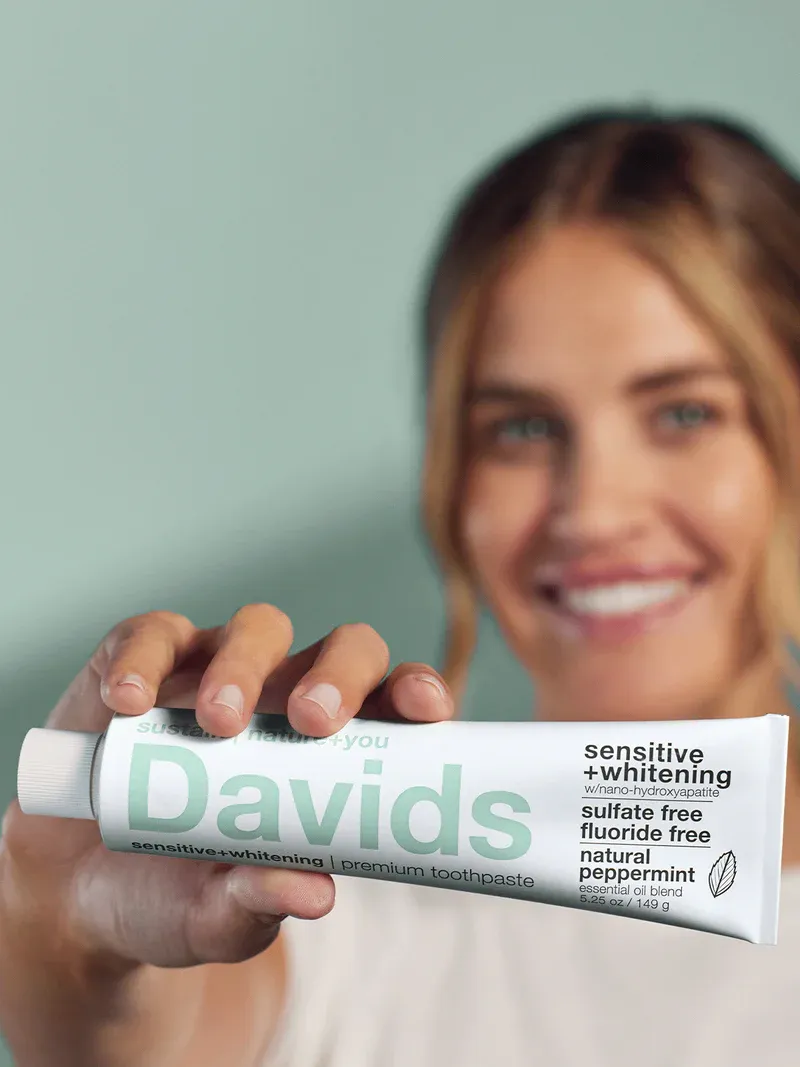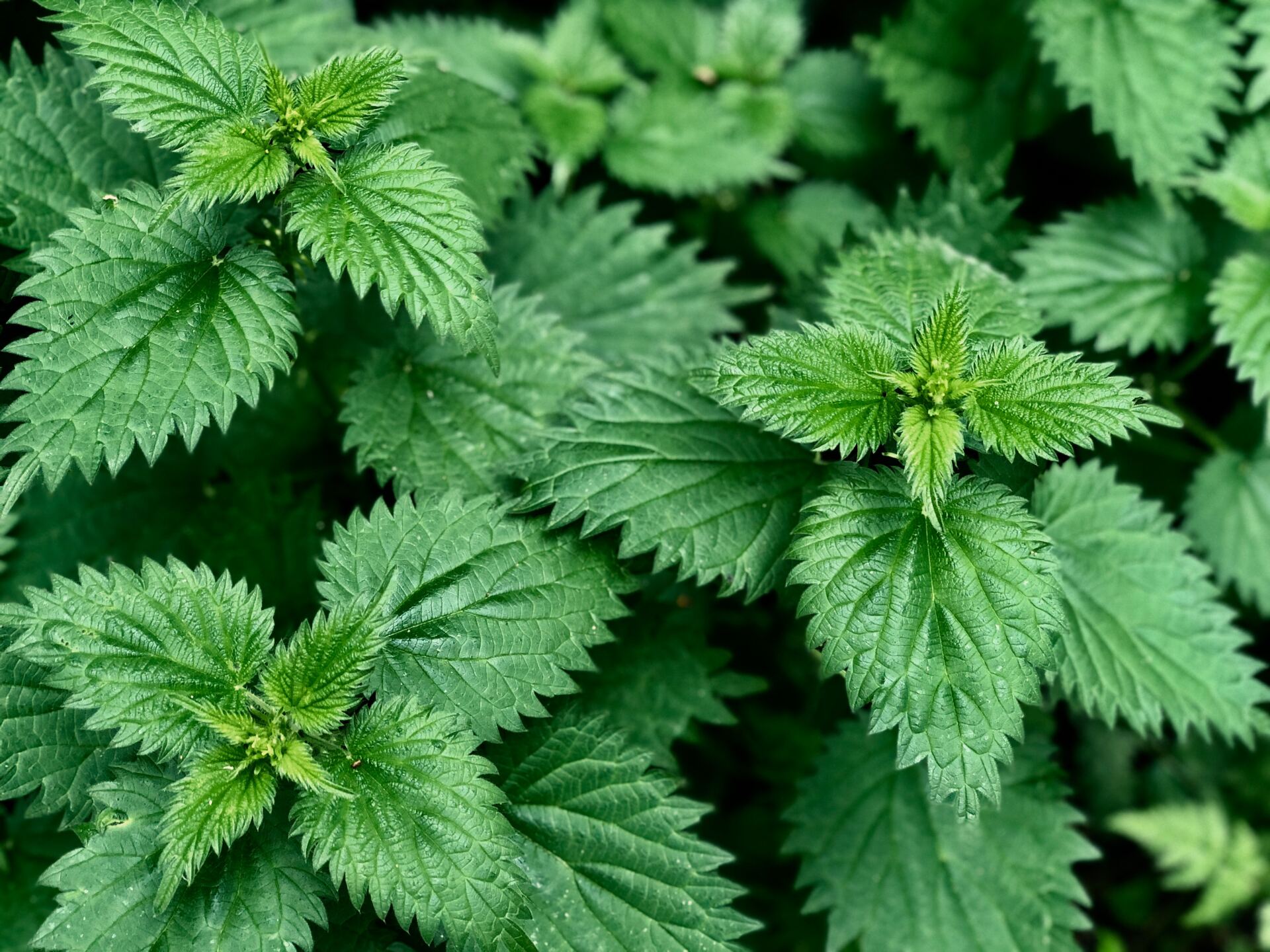








The cost of medical care is getting to be outrageous. As a practitioner in private practice, the number one complaint I hear from patients is that healthcare costs too much. Many patients are forced to make major health decisions based on whether or not their insurance will pay for it, rather than whether or not it’s in their best interest. And when insurance does pay, are those tests and treatments really the best choice for the patient? Is anyone really getting better?
Mainstream medicine is wonderfully adept for trauma care - if you are in an accident, you can go to a hospital where medications and surgeries will be used as treatment. However, if you are someone with a chronic issue or what’s been labeled as a “lifestyle” or “aging” disease, the medical system is very poor at helping you with this. When we talk about our healthcare system, what we really have in America, is a disease management-based system. Our system, based on powerful medications and risky surgeries, is entirely reactive. There is very little time and energy spent on health promotion and disease prevention.
Since we spend so much time and money on healthcare, let’s take a look at how we’re doing:
• Worldwide over 1 billion people suffer from diabetes and obesity combined
• Obesity in adolescents has quadrupled in the past 30 years
• Almost 20% of kids 6-11 are now obese
• 600,000 people die each year of heart attacks in the U.S.
• 1 in 4 women and 1 in 6 men have an autoimmune disease
• Over half of all adults in the U.S. take prescription drugs
• 40% of the elderly are taking more than 5 medications.
• The CDC reports that autism prevalence has more than doubled since 2000
• People diagnosed with depression increases by 20% each year
• In two decades, 95% of Americans are expected to be overweight and 1 in 3 will have diabetes.
In 2013, the annual healthcare expenditure hit $3.8 trillion dollars — almost 24% of our gross domestic product. For diabetes alone, we are spending over $250 billion dollars. With so much money being used, we should have incredible health! Instead, it has been reported that this is the first generation in modern U.S. history that is expected to have a shorter lifespan than the preceding generation.
Again, in many instances it’s not a lack of medical access that causes the issues, but the focus of the system itself. The mainstream medical system is based on suppressing symptoms, and to do that, the focus is primarily upon drugs. RARELY is there any investigation into the underlying cause. Any investigation that is done is usually isolated to one system rather than looking at the entire body as an interconnected whole. When a proper diagnosis is offered in a majority of the cases, patients are offered treatments that focus on the suppression of outward symptoms or ways to manage the disease instead of focusing on the underlying issues and resolving them.
With the incredible rising costs associated with current medical care and the significant risks and lack of true health improvement they offer, it’s time we seek out a new alternative. You might think that as a licensed acupuncturist, this is where I would start promoting alternative medicine as the solution. While it’s true Chinese medicine and acupuncture are much more holistic, have significant fewer adverse effects, seek to address the underlying issues driving disease and focus on disease prevention, still most alternative care relies too heavily on assumption-based diagnostics. Therefore, even alternative medicine falls short of the true healthcare revolution we need.
In part two, we’ll dive into the new approach.
Jeremy Gilsoul is a functional medicine health specialist and a licensed acupuncturist. He has been helping clients recover from health concerns for over 10 years. For more information, visit gilsoulhealth.com.









Please give us a call for today’s deli hours as they can vary due to staffing.
Grab and go options are always available until close.
FEDERAL WAY
Monday-Saturday: 8 am - 8 pm
Sunday: 9 am - 7 pm
Please call for current deli counter service hours. Grab and go options available until closing.
2565 S. Gateway Center Place
Federal Way, WA 98003
TACOMA
Monday-Saturday: 8 am - 8 pm
Sunday: 9 am - 7 pm
Please call for current deli counter service hours. Grab and go options available until closing.
2951 S. 38th Street
Tacoma, WA 98409